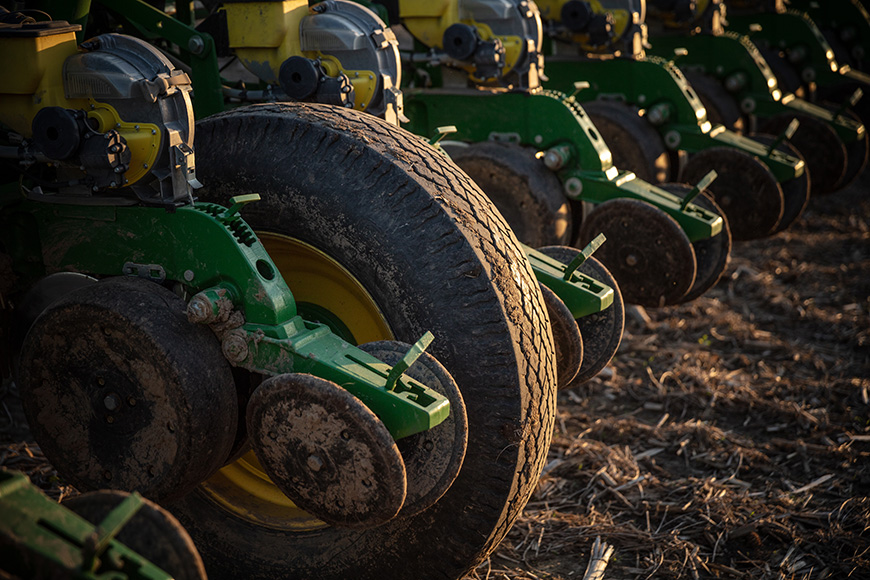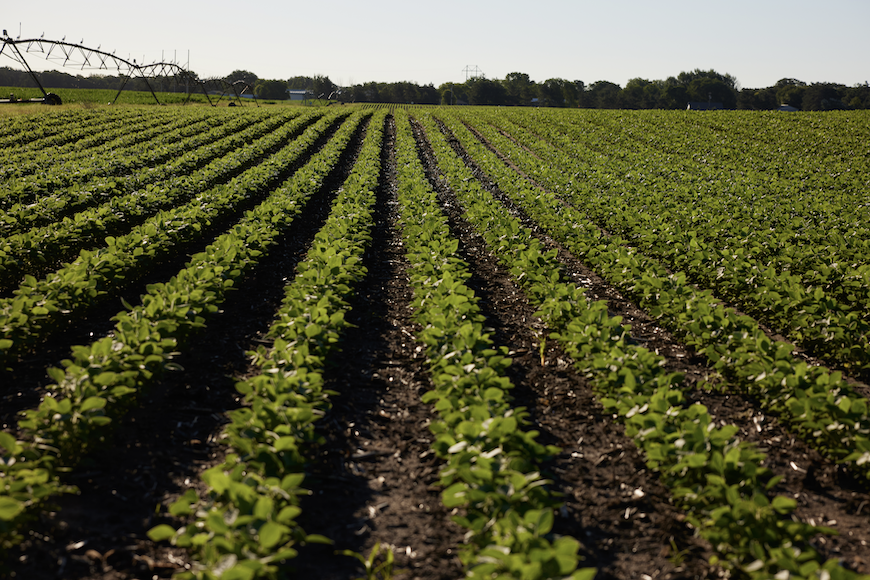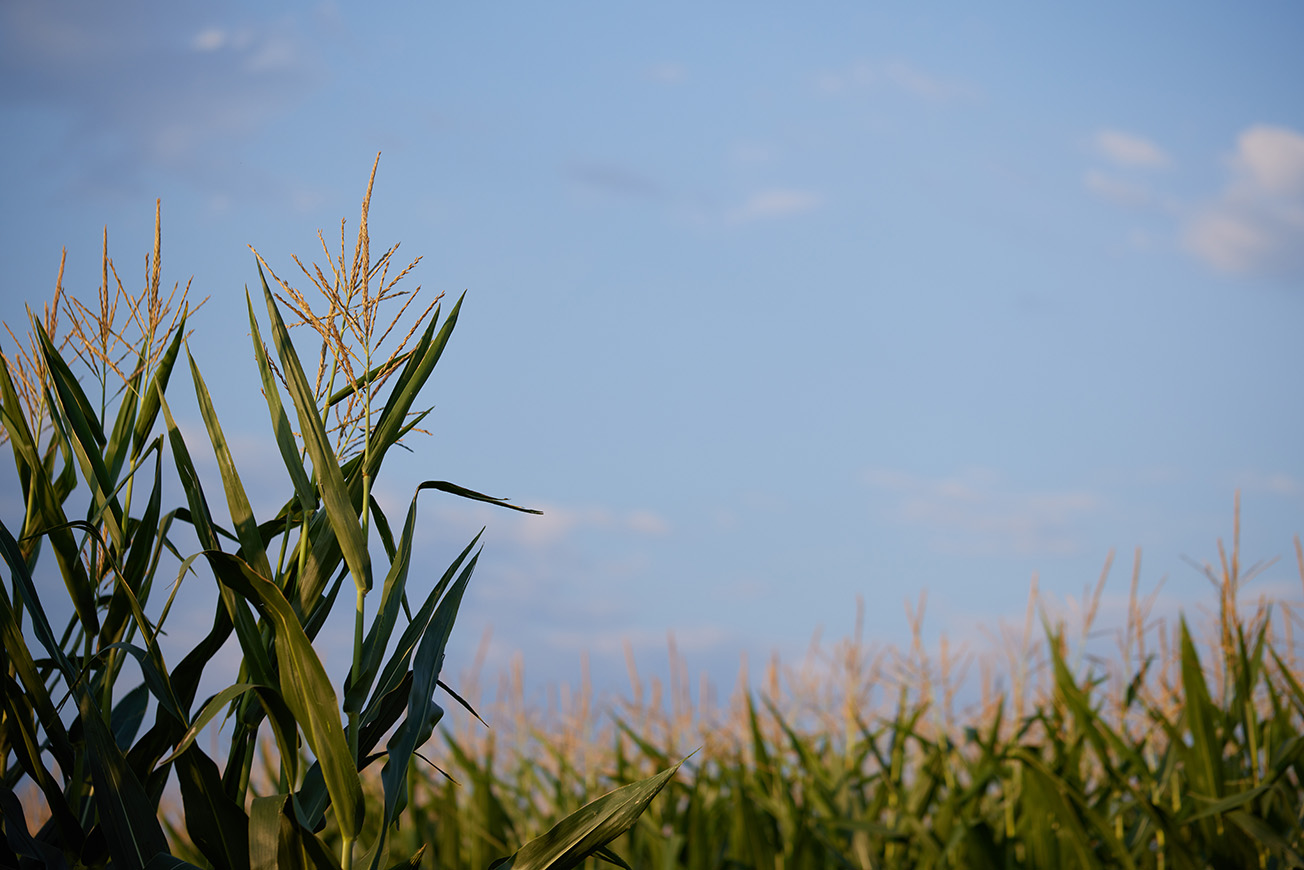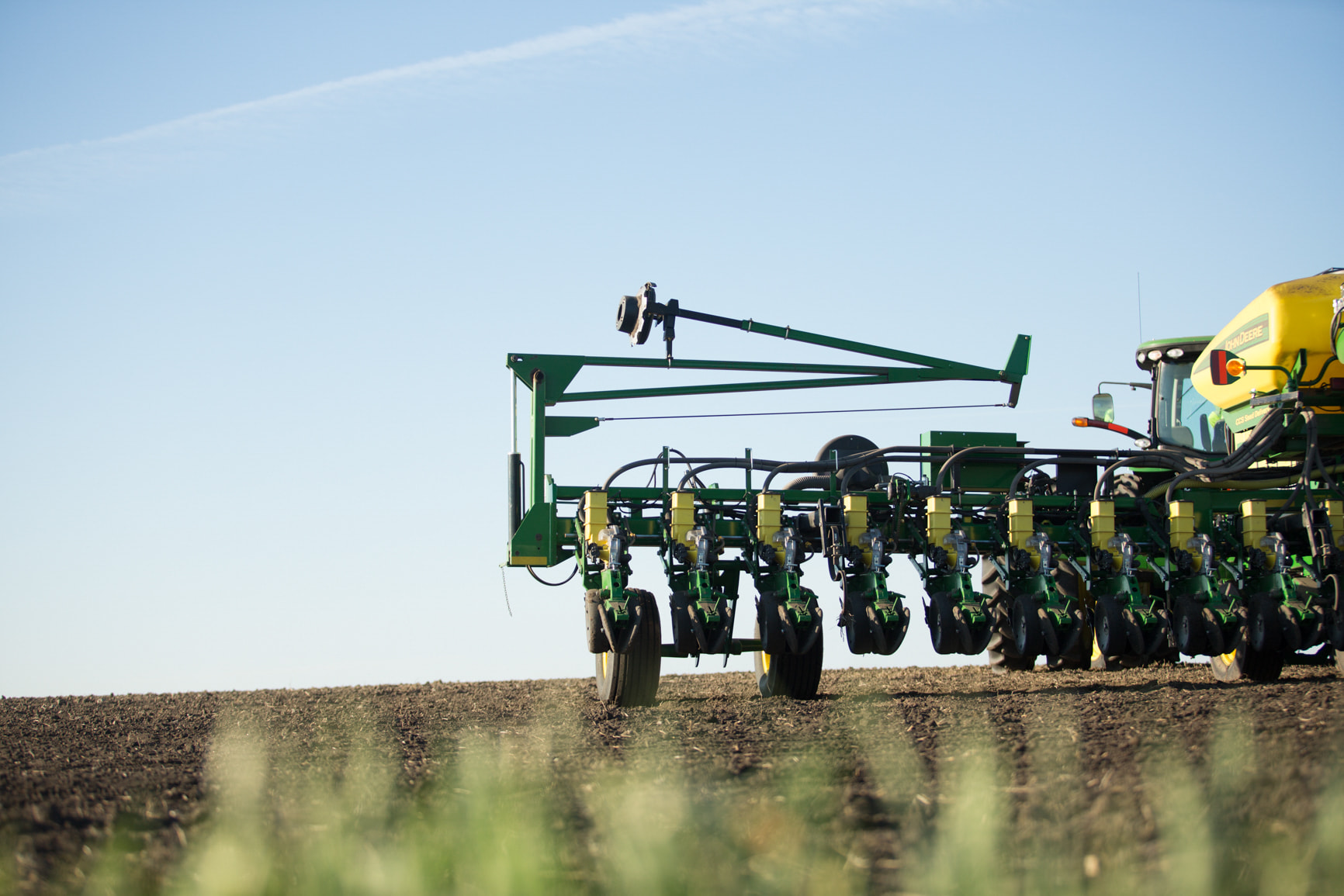Tips For Managing Nitrates In Sorghum For Feed
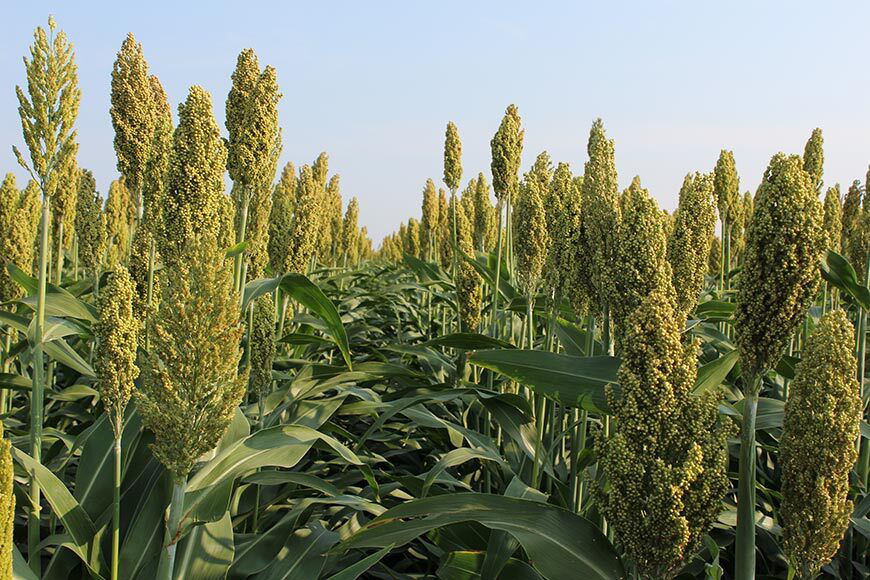
Nitrates can become a concern in nearly any environment when sorghum products are involved. This year posed many obstacles in raising a great crop for feed.
Some areas did not receive enough rain to grow the first intended crop, including corn for grain. Acres that were able to be rotated into a forage sorghum or sorghum x Sudan grass had most likely been fertilized up front for a profitable corn yield with about two times the nitrogen (N) than a sorghum crop required. Luxury consumption of N by the plants can happen, resulting in higher nitrate levels.
In other areas, a dry environment was anticipated so no fertilizer was applied for fear of crop failure, and sorghum was planted. Adequate moisture allowed for the crop to germinate and grow. Data shows that no fertilizer can also result in higher-than-desired nitrate levels in sorghums.1
Even when sorghum was part of the plan and a proper amount of N and sulfur (S) were applied – 1-1.2 pounds of N for every day of growth with a balance of S at a 5:1 ratio – drought may have persisted for weeks before a rain event took place, resulting in a high concentration of N being taken up by the plant all at once when the plant resumed growth.
All of these scenarios, a combination of, or many others have the potential to lead to higher nitrate concentrations in the plant material. Studies have shown the highest concentration of nitrates accumulate in the lower third of the stalk.1
So now what? How do we manage harvest to be able to utilize this crop to its greatest potential? Take a nitrate test of whole plant material and find the levels currently present in the feed source.
1 Dryland study conducted at Ag Valley Co-op, Norton, Kan. Data analyzed at High Plains Laboratory, Hereford, Texas.
All photos are either the property of WinField United or used with permission.
© 2021 WinField United. Important: Before use always read and follow label instructions. Crop performance is dependent on several factors many of which are beyond the control of WinField United, including without limitation, soil type, pest pressures, agronomic practices and weather conditions. Growers are encouraged to consider data from multiple locations, over multiple years and to be mindful of how such agronomic conditions could impact results. CROPLAN® and WinField® are trademarks of WinField United All other trademarks are the property of their respective owners.
Some areas did not receive enough rain to grow the first intended crop, including corn for grain. Acres that were able to be rotated into a forage sorghum or sorghum x Sudan grass had most likely been fertilized up front for a profitable corn yield with about two times the nitrogen (N) than a sorghum crop required. Luxury consumption of N by the plants can happen, resulting in higher nitrate levels.
In other areas, a dry environment was anticipated so no fertilizer was applied for fear of crop failure, and sorghum was planted. Adequate moisture allowed for the crop to germinate and grow. Data shows that no fertilizer can also result in higher-than-desired nitrate levels in sorghums.1
Even when sorghum was part of the plan and a proper amount of N and sulfur (S) were applied – 1-1.2 pounds of N for every day of growth with a balance of S at a 5:1 ratio – drought may have persisted for weeks before a rain event took place, resulting in a high concentration of N being taken up by the plant all at once when the plant resumed growth.
All of these scenarios, a combination of, or many others have the potential to lead to higher nitrate concentrations in the plant material. Studies have shown the highest concentration of nitrates accumulate in the lower third of the stalk.1
So now what? How do we manage harvest to be able to utilize this crop to its greatest potential? Take a nitrate test of whole plant material and find the levels currently present in the feed source.
- Grazing is still an option for warm-season annuals with potential nitrate issues, but keep in mind, the lower portion of the stalk has the highest concentration. Always have another source of fresh feed available for your animals. Perhaps a couple bales of grass to revert to if they start getting a bellyache while grazing. Do not try to graze the crop completely out since the lower portion of the stalk is “HOT.” Leave 8 to 10 inches of stem in the field for cover and erosion control. This also provides potential for good regrowth.
- Dry hay is another popular use for warm-season annuals. Raise the cutting height to reduce the amount of high nitrate material harvested. As the plant is cut and dried to prepare for storage, the nitrate levels do not significantly drop. Most of the nitrate will be stored and preserved in the dry hay crop. Test the hay prior to feeding so you can dilute with other feedstuffs to mitigate the impact of any high-nitrate material.
- Baleage can be a very effective way to manage the nitrate levels in the harvested plants. Plants that can be harvested wet and go through proper fermentation can reduce the nitrate levels by as much as 30-40% in the stored feed. Test prior to feedout to monitor how much other product needs to be blended to feed safely.
- Silage is potentially the most effective way to reduce the impact of nitrates in a feed source. Silage is usually done at a much more consistent moisture rate in the higher ranges of 65-70% whole plant moisture. Proper fermentation will reduce nitrates by 30-40%. Test prior to feeding to understand the dilution factor at mixing.
1 Dryland study conducted at Ag Valley Co-op, Norton, Kan. Data analyzed at High Plains Laboratory, Hereford, Texas.
All photos are either the property of WinField United or used with permission.
© 2021 WinField United. Important: Before use always read and follow label instructions. Crop performance is dependent on several factors many of which are beyond the control of WinField United, including without limitation, soil type, pest pressures, agronomic practices and weather conditions. Growers are encouraged to consider data from multiple locations, over multiple years and to be mindful of how such agronomic conditions could impact results. CROPLAN® and WinField® are trademarks of WinField United All other trademarks are the property of their respective owners.


